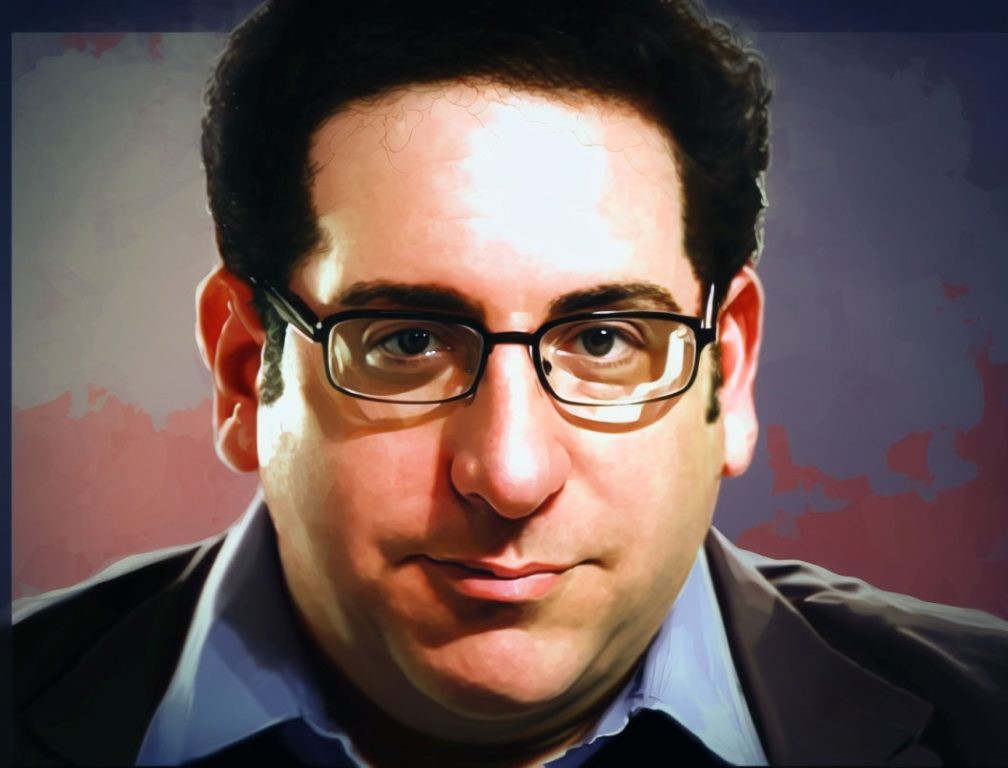Tim Berners-Lee is a British computer scientist best known as the inventor of the World Wide Web. Born on June 8, 1955, his creation revolutionized the world by providing an easy way to access information over the internet, allowing people to connect with each other and share ideas like never before.
Apart from this revolutionary invention, Berners-Lee is also the director of the World Wide Web Consortium (W3C), an organization that develops and maintains standards for the web. His other significant roles include serving as a professor of computer science at the University of Oxford and the Massachusetts Institute of Technology (MIT).
Stay One Step Ahead of Cyber Threats
Throughout his career, Berners-Lee has received numerous accolades for his contribution to the digital world, including induction into the Internet Hall of Fame and the award of the Turing Prize, often considered the “Nobel Prize of Computing”.
The Invention of the World Wide Web
Tim Berners-Lee wrote the blueprint for what would become the World Wide Web while working at the European research organization CERN. Seeing the potential for a global network that would make information readily available and easy to access, Berners-Lee put his vision into action. Despite facing skepticism initially, he persisted and came up with the first version of the innovative platform in 1990.
He successfully merged the existing technologies of the internet (which was already a system for connecting various computers) with hypertext, leading to a navigable ‘web’ of information. Effectively, this represented a way for people to access the information hosted on these connected computers – all they needed was a web browser.
What set the World Wide Web apart in the world of technology was its inherent universal accessibility and user-friendly navigation. It revolutionized how people exchanged information, making connections between people and data sources instantaneous and straightforward. This transformational invention drastically changed the world of computing and laid the foundation for the digital age.
His Role at the World Wide Web Consortium (W3C)
In 1994, Tim Berners-Lee founded the World Wide Web Consortium (W3C) to develop common protocols and standards that promote the web’s evolution and ensure its interoperability.
As the Director, Berners-Lee has led the organization in producing recommendations and software which serve as definitive standards for the World Wide Web.
The W3C has made significant contributions under Berners-Lee’s stewardship. It has created standards for web technologies that have become essential parts of the internet, such as HTML, XML, CSS, and SVG. These are used across different web platforms and have helped shape the web as we know it today.
Berners-Lee’s vision with the W3C has always been to make the web an open, accessible platform for everyone, irrespective of their physical or technical abilities. He advocates for a free and open web, resisting efforts to monopolize or control it, making his role in the W3C crucial in upholding the democratic nature of the internet.
Awards and Recognitions
Tim Berners-Lee has received numerous awards and international recognition for his paradigm-shifting contribution to computing. Because of his revolutionary invention, the World Wide Web, he’s revered as one of the most influential figures in the digital world.
Berners-Lee was honored with the Turing Award in 2016. Often nicknamed the “Nobel Prize of Computing,” the Turing Award recognized his innovations in bringing about the World Wide Web and the fundamental change it brought to society. His years of dedicated work creating the web led him to this prominent accolade.
Another significant recognition is his induction into the Internet Hall of Fame in 2012. This honor pays tribute to his integral role in the internet’s development, as the curators saw him as an inductee who made significant contributions to the advancement, evolution, and use of the internet.
His other notable awards include a knighthood from the Queen in 2004 and the Order of Merit in 2007, highlighting his substantial contributions to modern society.
Conclusion
Tim Berners-Lee’s creation of the World Wide Web has left an indelible mark on society, revolutionizing how people connect, communicate, and access information.
His work at the W3C, his relentless pursuit of an open, accessible internet, and his numerous awards and recognitions underline his instrumental role in shaping the digital world as we know it today.
Key Takeaways
- Tim Berners-Lee is the inventor of the World Wide Web, a system that significantly transformed how information is accessed and shared around the globe.
- He founded the World Wide Web Consortium (W3C), an organization that develops universal protocols and standards for the web.
- Berners-Lee’s contribution to the digital world is recognized globally, with awards including the Turing Award and induction into the Internet Hall of Fame.
- His vision for a free and open web shapes his work and leadership at the W3C.
- Despite the World Wide Web’s commercialization, Berners-Lee advocates for it to remain a free, accessible platform for everyone.
Related Questions
1. What prompted Tim Berners-Lee to invent the World Wide Web?
Berners-Lee was inspired by his desire to create a comprehensive and user-friendly system that could simplify the sharing and accessing of information across the Internet. He noted the issues posed by the increasing fragmentation and disarray of information and saw an opportunity for an accessible ‘web’ of interconnected data.
2. What is the primary goal of the World Wide Web Consortium (W3C)?
The main role of W3C is to develop common protocols and standards for the web. It aims to ensure the long-term growth of the web, promoting its openness, accessibility, and ability to accommodate the latest technological advancements.
3. What is the significance of the Turing Award that Tim Berners-Lee received?
The Turing Award, often referred to as the “Nobel Prize of Computing,” is given annually to individuals who make significant technical improvements to computing technology. Berners-Lee receiving this award validates his revolutionary contribution to the field via the World Wide Web.
4. How is Tim Berners-Lee ensuring the continued accessibility and openness of the web?
Berners-Lee actively advocates for a free and open web. His work at the W3C, including developing standards and protocols, ensures that the web remains an accessible platform irrespective of an individual’s geographical location or technical capabilities.
5. Why is Tim Berners-Lee considered one of the most influential figures in the digital world?
Berners-Lee’s invention of the World Wide Web revolutionized how people connect, communicate, and access information. His continued involvement in developing web standards and advocacy for an open internet underlie his substantial influence in the digital world.
"Amateurs hack systems, professionals hack people."
-- Bruce Schneier, a renown computer security professional






